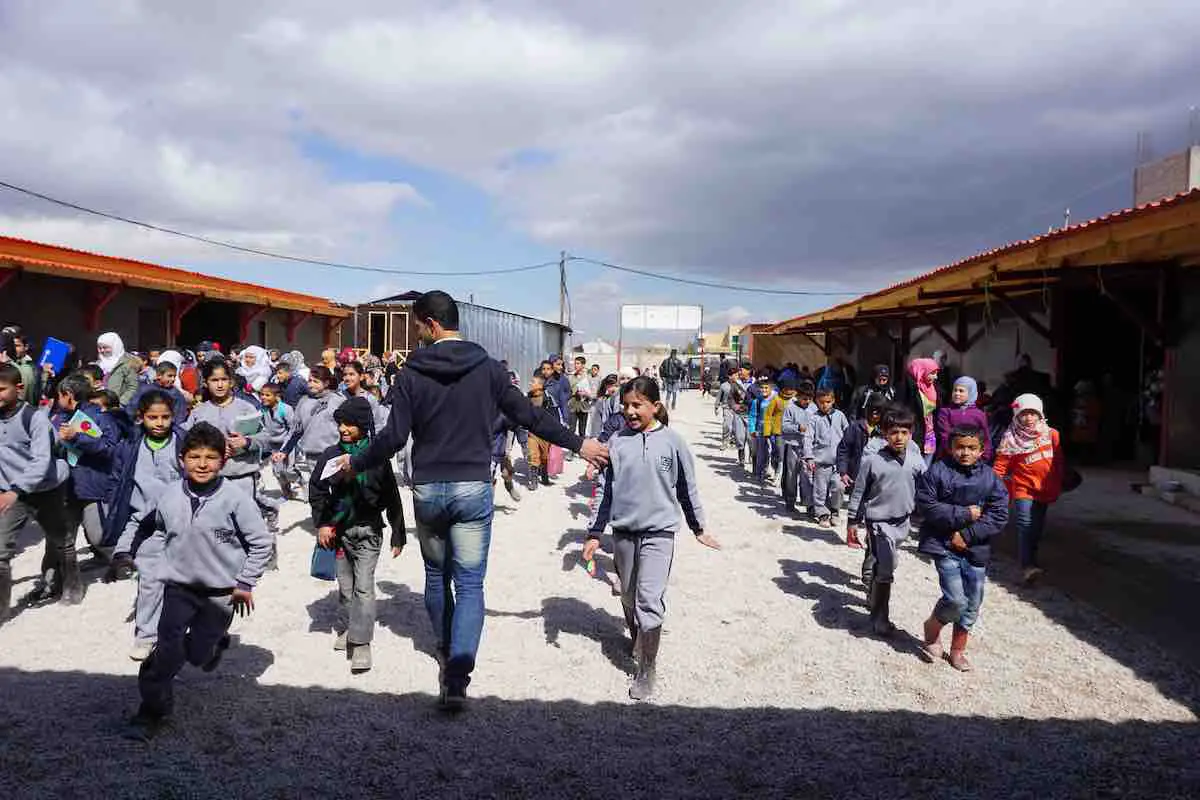Finding Community in Chaos: Stories of Social Resilience from Christchurch to Kathmandu
Cities are a Pandora’s box filled with people’s stories and memories. Public spaces enhance a sense of community, togetherness and memory. During and after a natural disaster, a strong sense of community contributes to the process of rebuilding what was lost and rejuvenating broken places. At this time, ecological and social memories emerge and cooperation and collaboration become pillars in collectively facilitating the means for neighbourhoods and people to recreate the places they love and build a sense of community amidst crisis. Post-disaster community-led response to adversity often plays out through storytelling, and public spaces betwixt rubble and ruin.
Kathmandu is one of the fastest growing metropolitan areas in South Asia, and one of the most earthquake-vulnerable cities in the world. The rapid growth of Kathmandu has led to an urbanisation of increased vulnerability. When the earthquake hit and disaster rocked Nepal’s capital Kathmandu, the homes of over 1 million people became ensnared in catastrophe. While we are flooded with images of death and destruction, there is an emerging social resilience in Nepal that the majority of distributed photos and Tweets fail to mention. The podcast Home of the Brave tells real stories of real people, and lived experiences of social resilience in the face of adversity following an earthquake.
From protests, political transformations and community building projects in post-Fukushima Japan, to online spaces for people who have been affected by recent bushfires in Cape Town to share their experience, stories of resilience, revival and socially engaged projects are unfolding in the micro urban, neighbourhood streets and public spaces.

I wish this was______ is an interactive public art project created by Candy Chang inviting citizen engagement, powered by collective efficacy and topophilia, and designed to start the conversation on creating community and the future of neighbourhoods in the wake of Hurricane Katrina.
While Haitians are still struggling five years after the devastating earthquake ravished Port-au-Prince and wreaked havoc on the Caribbean island, the recovery of public spaces have brought a sense of community in the quake’s ongoing aftermath.
While community rehabilitation in a post-disaster context is a long process, urban regeneration projects such as Martissant Park and the Iron Market contribute to the revitalisation of public spaces and community health in rebuilding socially integrated and resilient urban environments in Haiti.
Creative-led urban regeneration in Christchurch, New Zealand continues the process of creating new stories and connectedness in the urban fabric of the post-quake city. Urban interventions in Christchurch’s public spaces such as the temporary projects of Gap Filler, and the community rebuilding efforts of Future Christchurch, bring creativity and life to vacant places and enable a sense of empowerment, support and opportunities for people to participate in shaping their city’s recovery.



Aftermath: Disaster, Resilience & Recovery is an Australia-based project that follows stories of resilience and recovery in the wake of disasters such as floods and bushfires that plague the country from coast to coast, year after year with increasing frequency. Using a crowdsourced mapping platform, Sandy Stories brought inspiring narratives of the strength of communities and solidarity on the streets of New York City post-Hurricane Sandy.
A proposed elevated freeway became a vibrant neighbourhood boulevard in San Francisco after the 1989 Loma Prieta earthquake demolished the potential for a “grand spider web of freeways” to cut through the Hayes Valley neighbourhood.
Placemaking initiatives in Gyumri, Armenia brought revitalisation and public life back to the city’s cultural center after a devastating earthquake in 1988.
It’s hard to come to terms with the shattering scale of loss the earthquake in Nepal has already caused. Organisations such as Kathmandu Living Labs are working tirelessly to map the quake’s damage. Although many of Kathmandu’s World Heritage Sites are in ruin, and apocalyptic images of catastrophe consume media coverage of the harrowing situation, there remains hope for finding community in chaos.
“This renewed sense of commonality may be the reason that Nepal will pull through, rebuild, and re-emerge from this crisis.” – Recovery in Nepal, The New Yorker, 5 May 2015
Brittany Morris is fascinated by the relationships between humans and their natural and built environment. She writes about inclusive urban environments, public spaces and creative community engagement.
Photos: e-architect, www.candychang.com, Gap Filler


